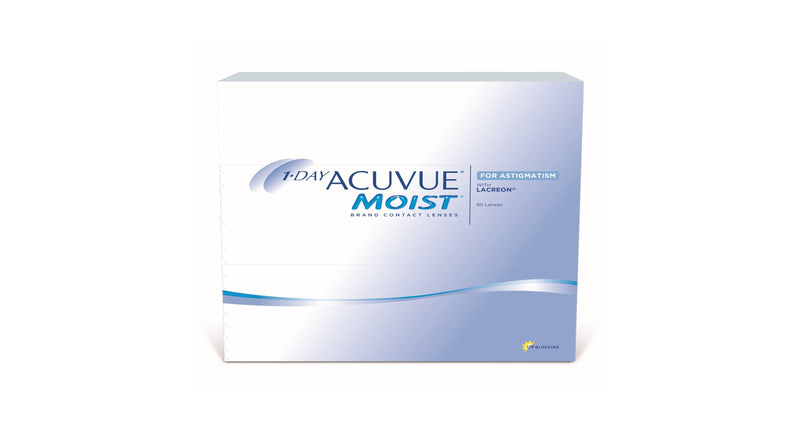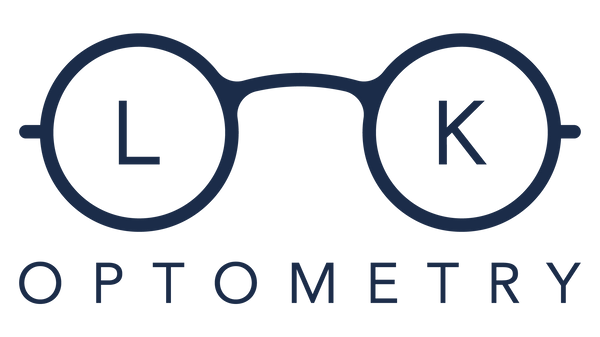
Presbyopia
Share

Firstly we need to understand the definition and the origin of the word. It is pronounced Pres-by-o-pi-a, and it’s when your eyes gradually lose the ability to see things clearly up-close. It’s a condition that happens due to age. Have you heard a riddle that says, “What goes up and doesn’t come back down?” Unfortunately, it is our age we cannot rewind, but this condition is quite common. Keep in mind that Presbyopia is a condition and not a disease. It develops from around age 30 to 50 and it can continue onwards.
Lets break up the word Presbyopia to truly understand the full meaning. The word comes from the Greek language Presby (old man) and Opia (vision problem). Makes sense right?
We’re Optometrists in Surrey ready to help you and your family navigate this condition and all your eye care needs. Reach out to us if you have any questions after this post!
What is the cause of Presbyopia?

When we are young, our eyes are very flexible and elastic-like. We can adjust and accommodate to focus on both near and far away objects. The muscle that controls this action is called ciliary muscle. We lose some of the fibres of the muscle due to age that causes difficulty focusing in near and far away vision. This will stiffen up the lens, and there will be a challenge for the light to enter the retina.
Early Common Symptoms of Presbyopia

Are you holding your book further than usual? Or do you find yourself squinting when you are trying to read small words in a text message or book? Are you experiencing sudden blurriness when focusing on a nearby object? Do not be surprised. All of these are common early symptoms of Presbyopia.
Presbyopia can make the eyes feel very fatigued. It can also cause headaches because most of us are using near vision more than distance. Most of the time, we find ourselves doing “close-up” work. From our computers, phones, and reading materials.
Here are early common symptoms:
- Blurriness when reading small fonts.
- Holding reading material at an arm’s length to focus or read.
- Experiencing fatigued eyes or headaches after reading or doing close work.
- Your surroundings and location always seem dim, needing more light when reading or doing close-up work.
How to Prevent Presbyopia from worsening

We all strive for the perfect 20/20 vision. So visit your optometrist in Surrey to determine the causes of your symptoms and the best treatment for you. We can always take a few precautions to keep Presbyopia stable and in a healthy condition by following these simple steps:
- Annual Surrey Eye Examination: to ensure that Presbyopia is staying stable and our Surrey Optometrist will keep a baseline record of all your examinations.
- Always refer to your family Doctor for regular Examination to control any medical condition such as High Blood Pressure and Diabetes. Typically these conditions can affect your eyes; Medical conditions can cause your eye to swell which changes your eye shape and initial prescription. If that is the case with you please follow up with your local Surrey Optometrist regularly as well.
- Always protect your eyes from UV light! You can do so by wearing sunglasses or transition glasses. Typically when we think of the sun we want to protect the skin from the damage first, but sure enough, the eyes need as much protection. Wearing sunglasses or transition glasses will reduce Presbyopia from worsening and other eye conditions like Cataract.
- If you smoke, try to cut down or make it a goal to stop because it will cause and lead to Presbyopia.
- Make sure that you are wearing your prescribed Contact lenses or Glasses. If you need new ones, contact us and we'll help you out!
- Always add a blue blocking coating to your lenses to keep your eyes fully protected from the blue light that projects from the screens. This coating will make your eyes feel relieved, comfortable, and less fatigued. Also, it will reduce glare and will improve the depth and colour vibrancy.
Presbyopia Treatment

The best way to treat Presbyopia is by using Glasses and Contact Lenses. We will dive into the roots and options of these treatments. With eyeglasses, there is single vision that is used only for one purpose, either Distance or Near. While the Multifocal glasses can have up to three zones this allows you to carry only one pair with you which is convenient.
Multifocal Glasses
Bi-Focals: Bi-focals is ideal for patients whose lifestyle consists of Distance and near vision only. It has a separation line between the two segments distance on top and near at the bottom of the lens. The distance portion is regularly larger than the reading portion to allow more control to switch from distance and reading portions. It will give you a better vision and a safer experience while driving. The bottom segment is used for reading and close-up work like painting, knitting, and even reading book/text messages.
Bifocals are measured at the lower eyelid of the patient. At this point, you will have to have your head straight and drop your eyes to the near portion for reading.
Tri-Focal: Similar to Bi-focal, with the separation lines, it has three segments instead of two. They are distance, intermediate, and near. The intermediate portion is created for computer use which is the distance of 18 to 25 inches away. You will notice that the intermediate zone is generally small just between the distance and reading portion.
Trifocals are measured from the bottom of the pupil, so in that case, you will find that the separation will be higher than the Bi-Focal lens.
Having blue light protection lenses are very important to reduce eye strain and redness after computer use. As we all know we live in a very technology-focused environment, and the amount of time we spend on screen is concerning for the health of the eyes. Especially if you have an office job or you're on the computer or laptop and smartphone. You want to protect your eyes from the blue rays that come from the screen. As your local Optometrist in Surrey, we always recommend blue-light-blocking lenses. We want the best for your eyes.
The blue-light-blocking lenses will improve your night vision and your overall vision.
Progressives: The progressive lens has modern technology. It provides you with seamless technology between transitioning from distance, intermediate, and reading zone.
Progressive lenses will give you a youthful look because the three zones are not visible. Are you tired of having to go back and forth with your glasses, which progressives are all included in one pair. The downside to progressives is that they are a challenge to get used to–you will need about a week for adjustments.
- Distance in the top portion of the lens is great for driving, sports, and the ability to focus on faraway objects clearly.
- Middle range provides an intermediate zone, for computer use.
- The bottom segment is reading and close-up work.
Computer Progressives: These lenses are perfect for people who do a lot of screen work. The difference between regular progressives versus computer progressives is the intermediate zone. With the computer lens, this zone is much larger. This will help with the eye strain and will be more comfortable to switch between segments.
Contact Lenses
Contact lenses are a great option for Presbyopia, with training you will be much quicker with insertion and removal. There are three different types of contact lenses: bifocal, multifocal, and mono-vision.
Bi-Focals Lenses: Offers a similar experience to bi-focal glasses, has a separation line between two segments, the top is distance and the bottom section is the near zone.
Multifocal Lenses: This is a great lens for Presbyopic patients who prefer a better overall experience. This lens provides you with multiple prescriptions. The technology allows you to focus effortlessly.
Are you wondering how multifocal lenses work? Is this the best and most common choice of contact lens for Presbyopic patients? Well, it has a center focusing point that is surrounded by rings. The rings alternate between distance and near powers depending on the wearer's focusing point. It will use its technology to adjust for distance or near vision. This allows you to have a crisp vision with a seamless experience!
Monovision Lenses: The monovision lenses will take time to adjust. It is a process to focus on the image, but do not be alarmed, you will get used to it. The adaptation period can take up to one to two weeks. The more you wear them, the better your vision will get, too. Follow the correct directions that your Surrey Optometrist provides you with. We provide the best training for contact lenses, and we want to ensure the health of your eyes.
Monovision contact lenses are for the dominant eye's distance vision and the other close-up work. Both eyes and brain will work together to focus on the far and close-up vision.
Here is more information on types of contact lenses.
Surgery
Lasik Surgery: Unfortunately, with Lasik surgery, there is not an option for seamless transitions, like the Multifocal Contact Lenses. It will be similar to the mono-vision, the dominant eye will be distance corrected, and the non-dominate will have the near vision.
Cataract Surgery: As we age, the lens behind the pupil, becomes cloudy and in that case, the lens needs to be replaced by IOL (Intraocular Lens). It is one of the treatments for the correction of Presbyopia, it will reduce the need for glasses, but you might find you would still need a little bit of support.
Patients who have done cataract surgeries find their vision becomes sharper, colours are more vibrant, and reading also gets easier. This surgery will make you feel quite comfortable when driving and when doing close-up work.
Now that you know what presbyopia is and what you can do, allow us to help with your eye care needs! We are Look Optometry in Surrey.
Book an appointment with us today to give your eyes the much needed attention they deserve! We also offer bookings through our digital booking platform.















